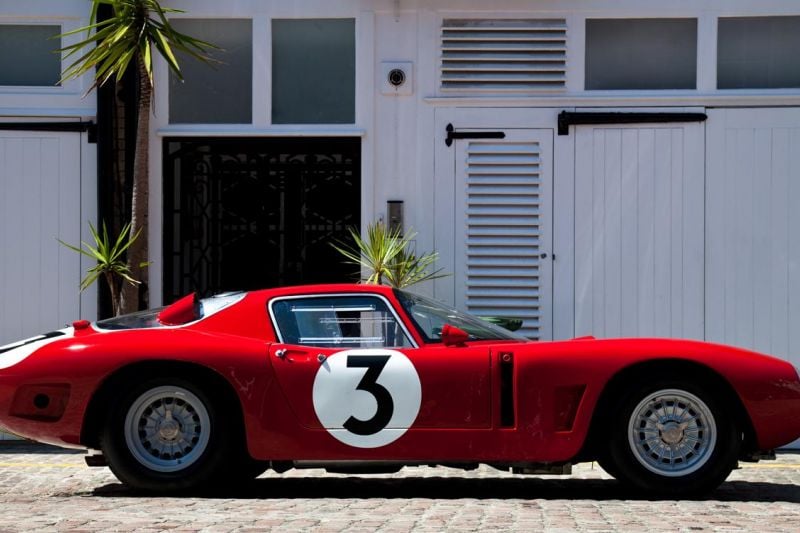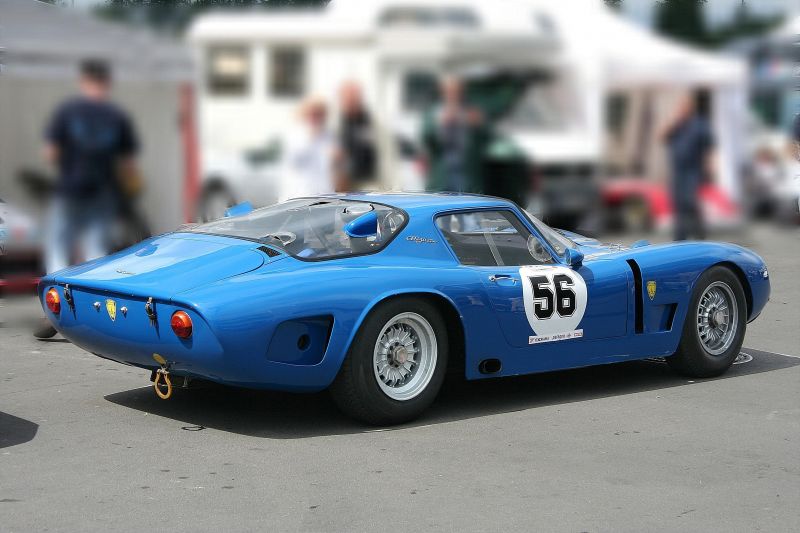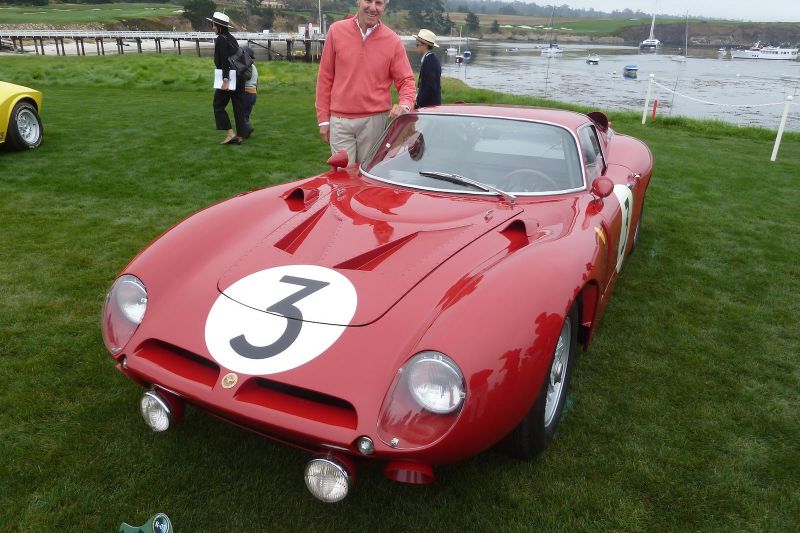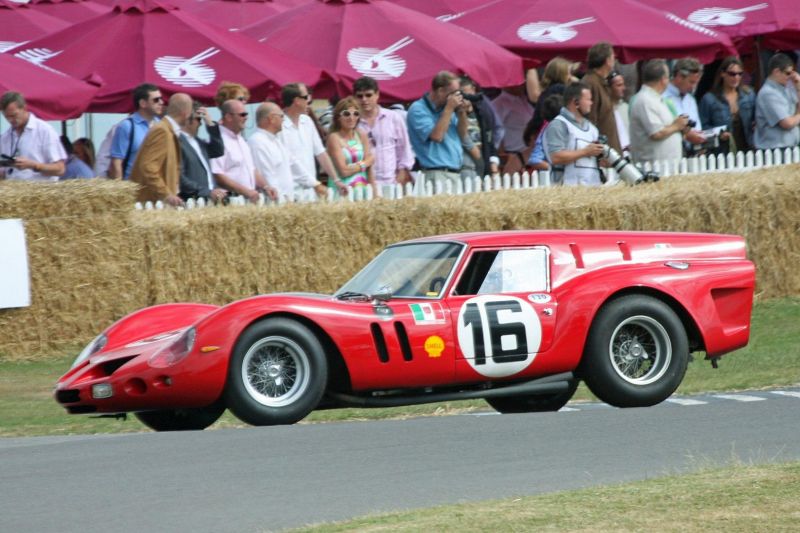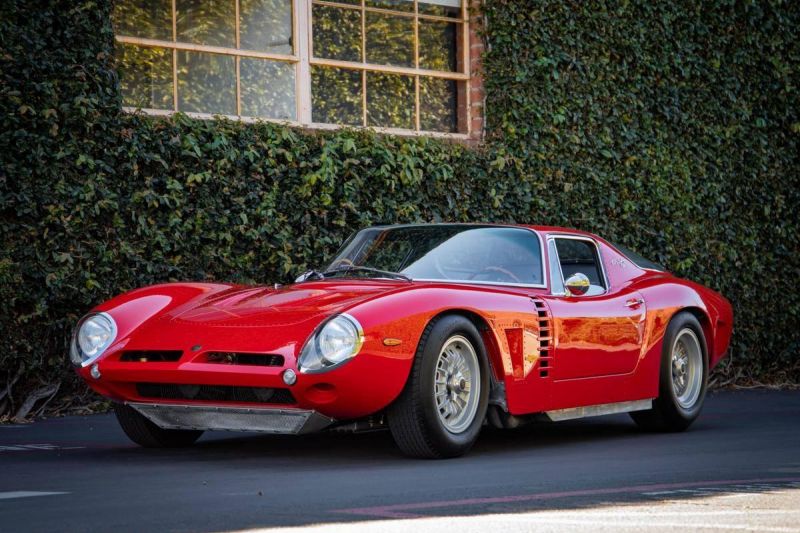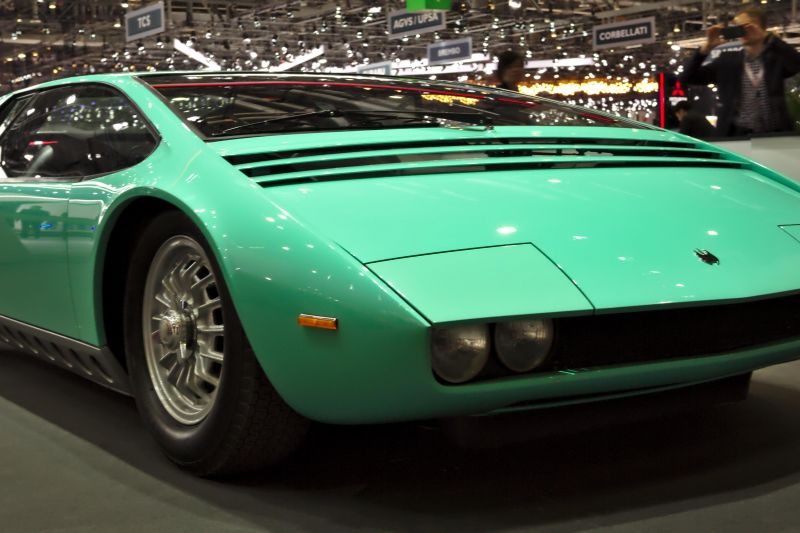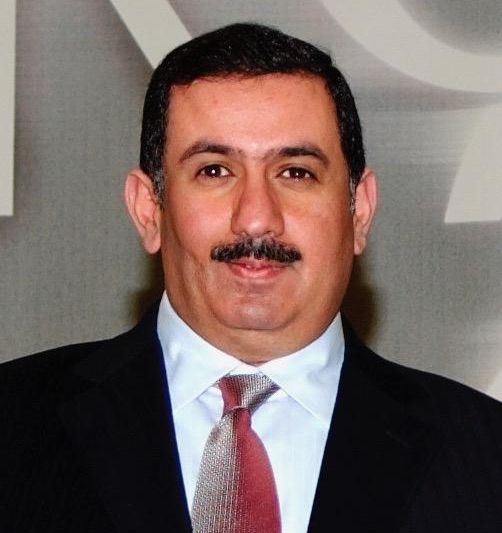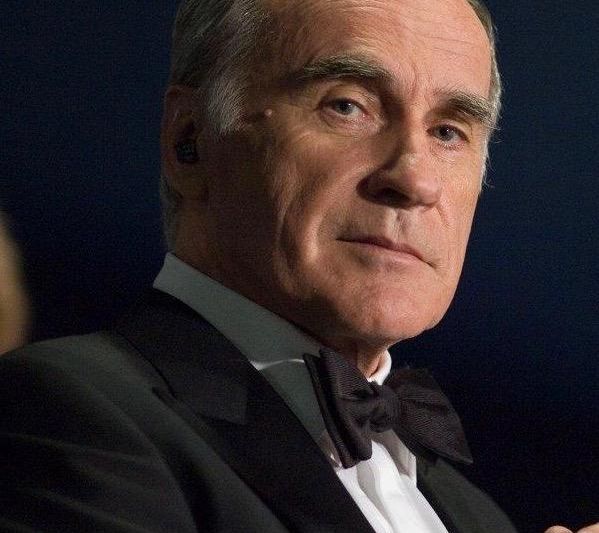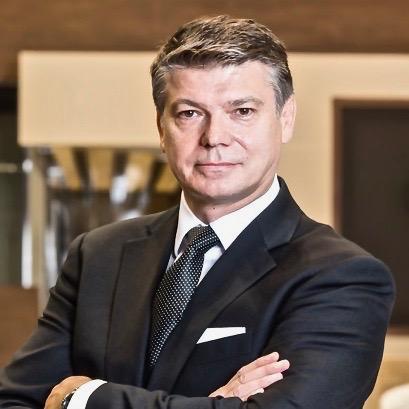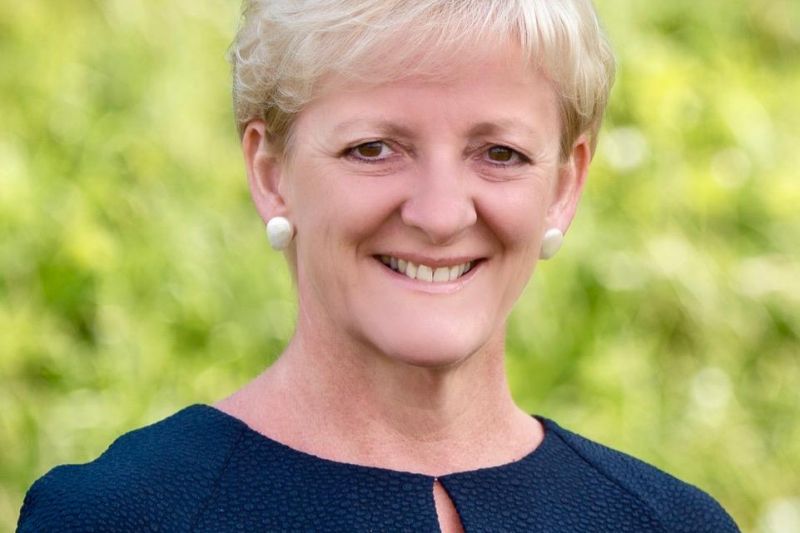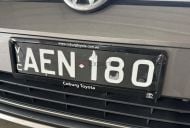Most people probably haven’t heard of Bizzarrini – that goes for genuine car enthusiasts like myself. But the story behind this celebrated Italian sports car marque and its founder are as fascinating as the cars themselves.
London-based Pegasus Brands will spearhead the rebirth of one of the most iconic names in Italian motoring by bringing together a dream team including the very best in design, craftsmanship, and engineering to produce a new generation of Bizzarrini cars for enthusiasts and collectors.
The story of Giotto Bizzarrini is extraordinary. Born in 1926 in Querciella on the Etruscan Coast, south of Livorno, he dreamed of designing cars as a small boy, but started his career by preparing Fiat engines for the Mille Miglia road race.
He went on to further his skills by studying mechanical engineering at the University of Pisa, where he built his first car, the 1952 Fiat 500 Maccinetta Berlinetta. It was a fastback coupe built on the well-known Fiat 500 Topolino chassis, but with a new cylinder head and twin carburettors tuned to provide 30hp – more than enough to power a tiny two-seater with a handmade aluminium body.
Ultimately, Bizzarrini presented the car as his thesis at his 1953 graduation – the result of which landed him his first job at Alfa Romeo’s factory in Milan, where his made a name for himself as a talented engineer and a skilled driver.
His reputation spread and in 1957 he got his first big break after driving the Machinetta to an interview with Enzo Ferrari, who had only been in business for 10 years but was looking to expand his operations.
Mr Ferrari was said to have been impressed by Bizzarrini’s resourcefulness and gave him the job as a test driver with some engineering skills.
His efforts over a decade at Ferrari won him the role of Head of Experimental, Sport, and GT Car Development, overseeing the creation of storied cars such as the Testa Rossa, as well as the 250 SWB and legendary 250 GTO that went head-to-head with the Jaguar E-Type in Group 3 GT racing.
But while the 250 GTO strutted its stuff on the track, Bizzarrini and his colleagues fell out of favour with Enzo Ferrari after demanding he rehire sales manager Gerolamo Gardini in what became known as the 1961 Palace Revolt.
The drama led to the sacking of Bizzarrini and much of the engineering team for their apparent disloyalty in 1961. But it also led to the foundation of Bizzarrini’s own company, Societa Autostar, in Livorno.
Clearly enraged, the company’s first commission was for a car that could beat his own creation, the GTO.
The new car, dubbed Breadvan by the British press, was commissioned by Count Giovanni Volpi di Misurata for his Scuderia Serenissima team, which was in line to buy two GTOs before being blocked by Enzo Ferrari on finding out the Count was also an investor in Bizzarrini’s company.
In the same year, Ferruccio Lamborghini hired Bizzarrini to design his company’s first bespoke engine. And what an engine it was.
The result was a quad-cam, all-aluminium 3.5-litre V12 with big power and durability that was at the heart of the iconic Lamborghini Miura, Countach, and Murcielago. Extraordinary longevity.
Bizzarrini continued to flourish, working closely with Renzo Rivolta on his new line of luxury sports cars, including the Iso Rivolta IR 300 and the stunning Iso Grifo, which featured bodywork by Giorgetto Giugiaro from Bertone.
The high-performance version called the Iso Grifo A3C would form the basis for Bizzarrini’s most famous creation, the 5300 GT, which was styled Giugiaro and refined by Piero Drogo of Carrozzeria Sports Cars – the same studio responsible for work on the Breadvan.
It was the culmination of 10 years of experience and some of the most successful names in Italian automotive design and engineering, and proved itself on track with a class win in the over 5.0-litre class at the Le Mans 24 Hours – and ninth overall in the hands of French drivers Regis Fraissinet and Jean de Mortemart.
The car recorded an average race speed of 169km/h. After the race, Bizzarrini drove the race-winning chassis 0222 back to Italy himself.
Interestingly, the 5300GT used American muscle under the bonnet and featured the reliable, powerful, and affordable V8 engine from the Chevrolet Corvette as used in the Iso road cars.
Bizzarrini’s next creation was the mid-engine and open layout P538, although changing regulations and the depressed Italian industry at the time made manufacturing more difficult for what had become effectively a one-man design and engineering business.
In 1968, he built a one-off concept called the Bizzarrini Manta using what were the race car underpinnings of an early P538. The Manta was again styled by Giorgetto Giugiaro, who was as the same time opening his Italdesign studio.
The cabin was laid out three abreast – one passenger either side of the driver – like the McLaren F1 road car.
Each of Bizzarrini’s designed displayed a commitment to performance and dynamics. His ability to shape and craft components so that in the right hands that could punch well above their weight stood out.
His legacy was that of the man behind Ferrari’s most revered racing car and the world’s most expensive car, as well as the engine that defined Lamborghini and some of the most exotic Italian sports cars ever seen.
The team behind this truly remarkable brand revival are no less successful and committed to the task of creating exotic Italian automotive masterpieces that will guarantee the Bizzarrini brand live on.
With operations in London, Geneva, Kuwait, Abu Dhabi, and Dubai, the group charged with Bizzarrini’s rebirth already overseas a global portfolio with a unique focus on design, automotive and retail with proven expertise in all three areas.
Pegasus Brands is led by Rezam M Alroumi, CEO of Alroumi Group Holdings – a conglomerate with investment operations across three continents.
Alroumi was also the chief architect behind the group of local and international investors who purchased a much-publicised majority stake in the British luxury car brand Aston Martin Lagonda in 2007. Under his watch the brand was completely repositioned, which resulted in its most successful period ever.
Chairman of Bizzarrini is Dr Ulrich Bez, a giant of the automotive industry and CEO of Aston Martin Lagonda Ltd during its most successful period in over 100 years of operation.
He was born in Ban Cannstatt, Germany and studied aircraft engineering at Stuttgart Technical University before earning his doctorate at Berlin Technical University. Bez served his apprenticeship at Porsche, where he oversaw the last air-cooled 911, the 993.
He then led the advanced engineering department at BMW, before moving on to create and lead the BMW Technik engineering division where he masterminded eight-cylinder engines as well as the limited-edition BMW Z1.
His next role saw him become vice president of engineering at Daewoo Motors in Korea, at which time he launched four new cars in four years before joining Aston Martin Lagonda in 2000.
Bez secured the company’s independence from the Ford Motor Company and went on to transform it into a luxury powerhouse selling more than 7000 cars in 2007.
Besides Bez’s unflinching passion for the brand, he developed the VH platform which underpinned models like the Vanquish, Vantage, DB9, Rapide, DBS, and the ultra-exclusive One-77. He was also a passionate endurance racer.
CEO of Pegasus is Christopher Sheppard, who brings a wealth of experience in the automotive luxury sphere specialising in marketing and branding programs, as well as product planning.
He was formerly CEO of Aston Martin Middle East and North Africa, and director of Aston Martin Works where he oversaw low-volume, high-specification manufacturing. It was under his leadership Pegasus acquired the Bizzarrini name.
Janette Green, chief marketing officer is the former global brand communications director at Aston Martin Lagonda, having led projects including a close association with EON Productions and the James Bond franchise.
Previously, Green was head of PR at Rolls-Royce and Bentley, then head of lifestyle communications at Bentley after its acquisition by the Volkswagen Group in 1998.

